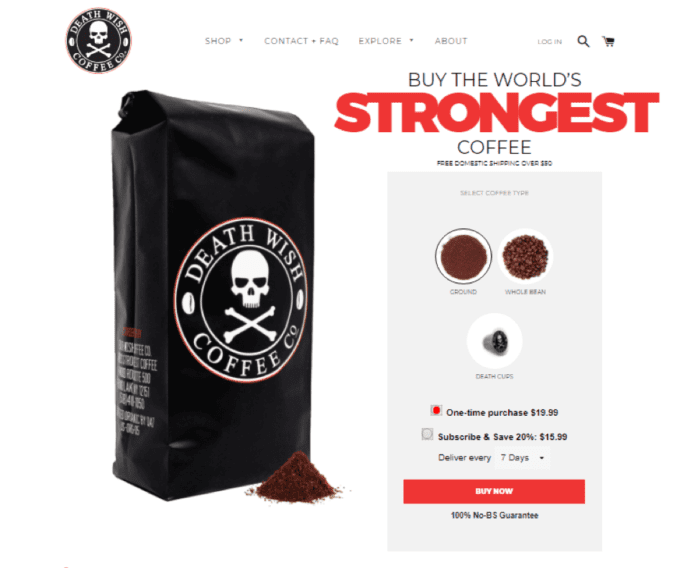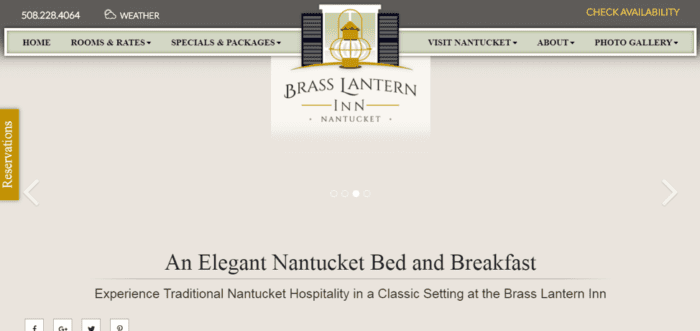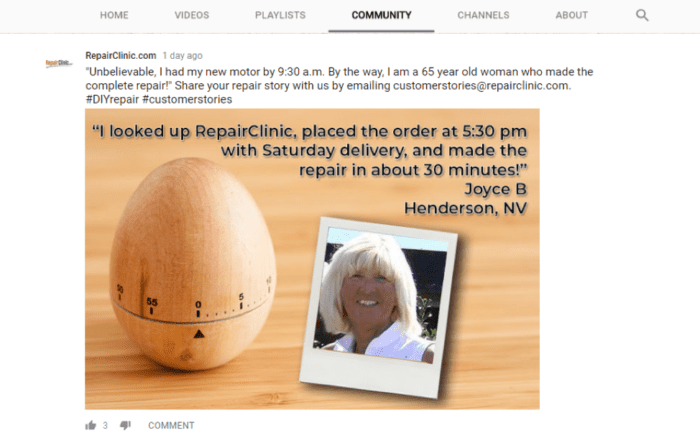Whether it’s the strategic partners, customers or employees themselves, digital branding relishes the all-encompassing feeling of a digital businesses profile
Digital Branding, as a term, has been coined as the cornerstone of modern marketing technique, where various digital channels and assets are used to communicate a brand’s positioning in the ecosystem as part of the multi-channel brand communication or engagement programmes.
The competition across nearly every industry is becoming more fierce by the minute.
For this very reason, developing an identity for your local business and devising a plan to reach out to your audience has never been more important than it is today.
Your local business no longer needs intermediaries in order to have a direct interaction with customers. With the onslaught of digital branding, a message well-delivered has the potential to impact real-life experiences that can be transmitted through multiple networks.
However, we noticed that so many companies fall down in creating a solid digital branding strategy, the reason being the lack of cohesion within their various digital activities.
For instance, they may have paid one company to build their website, hired an employee to run their social media in-house, leases a 3rd party to do their SEO, and promised one of the owner’s cousin to do their PPC.
There’s so much lost in translation that it often becomes very difficult to maintain a centralized brand and marketing strategy.
95% of businesses claim that they have an in-hand branding strategy. But extensive research speaks otherwise, it appears that only about 25% are consistently executing their brand strategy. While only 60% of the content produced by these businesses conforms to any kind of branding standard. Broadly, more than half of their marketing efforts are “freestyle”. They start with “Let’s try this”, ”Oh, that looks like a good idea”. Now, you know the drill.
Here are four key areas that you need to work on to set up a solid branding foundation:
1. Fabrication of homogenous Creative Assets
When it comes to the literal understanding of branding, branding is anything that helps your target customers instantly recognizes your company. Traditionally, your brand has all the creative assets in place like:
- Company Name
- Logo
- Fonts
- Color schemes
- Advertising methods
- Message
If you are consistent with these basic branding components, it is more likely to have customers recognize your brand. A brand not only defines your company, it also decides how people will perceive the message that you intend to impart.
You can be the best quality, a customer-oriented company out there, but if people fail to see you this way, you need to put some extra efforts in your brand.
This is branding 101. Business leaders have long known that branding is the key to success in any industry. For example, The Death Wish Coffee Co., billed itself as “The World’s Strongest Coffee,” plays around the “death” angle to resonate with its brand message of being “World’s Strongest Coffee”. They gave a simple yet evocative branding to their product and positioned the product in terms of an entire segment of the coffee market that doesn’t care about taste—they just want to feel awake.

2. Having the right User Experience in place
Today, it is the customer who decides what a brand stands for through their user experience with the brand. That is to say, a very important factor in developing a digital brand presence is to have a responsive website. It serves as a platter for everything you do to digitally brand your business. Whether you run ads or send an email, share content on social media channels or write blogs, you redirect them to your website. It’s there, they will explore your services, review your case studies, request a demo, sign up for free trials and even buy your services.
If the website is slow, not mobile-friendly or is hard to navigate, this impacts how your potential customer perceives your brand. You won’t bag a sale, and maybe they won’t ever come back to test your service. Therefore, a responsive website is the centerpiece for all marketing efforts leading to the digital branding of small businesses.
When you talk of a good user experience, Brass Lantern Inn proves a good example. The layout of the website is filled with photos and videos that take you around the property while contributing easy navigation. The Brass and Lantern Inn’s website appeals impressive both on desktop and mobile. It offers a user-friendly reservations system and integrated features like maps, weather app, and gift certificate purchasing. Visitors to the website have an easy user experience, making them more likely to complete a booking on the website.

3. Making Your Site Visible in Search Results
Google uses a preset algorithm to rank websites in the search results. The quantity of reviews is important as a signal for Google regarding the popularity of your business from third-party independent consumers. While 90 percent of consumers would skip reviewing if asked, only seven percent have been consistent on their reviewing activity. So, on your part-ask for reviews not only on Google but also on Yelp, TripAdvisor, Yellow Pages sites and other similar directory listings.
The more often people see your brand in various places, the more likely you are to generate their interest in your product and earn clicks on your brand. That’s how you create a growth cycle through branding.
Tip: You can wield SEO strategies to achieve these high rankings in searches.
4. Focusing on Social Media Branding
If you want to make people aware of your brand then there is no better way than social media. Social media has turned out to be one of the most effective tools to market your brand and stand out of the crowd.
The basic idea behind social media branding is to boost brand awareness by consistently using the right methods to engage with your target audience across various social media platforms. You can leverage the power of social media branding to build a robust network of fans who are not just loyal to follow your brand but also get motivated to buy from you.
Let’s take an example of a small Michigan-based company, Repair Clinic, which has a local business store for sales, whilst providing videos to repair parts and accessories virtually on their Youtube Channel. They have leveraged the power of social media to provide value to their followers. Their videos just help educate their audience, they provide a veritable treasure trove of optimized content which brings in new traffic via organic search listings.


Conclusion
In sum, the process of building your brand should permeate all your marketing campaigns and strategies. You can get the most out of your branding efforts, by being consistent. Start with developing a style guide and clear branding strategy. Follow this guide across channels to increase visibility and evoke positive feelings toward your brand.
